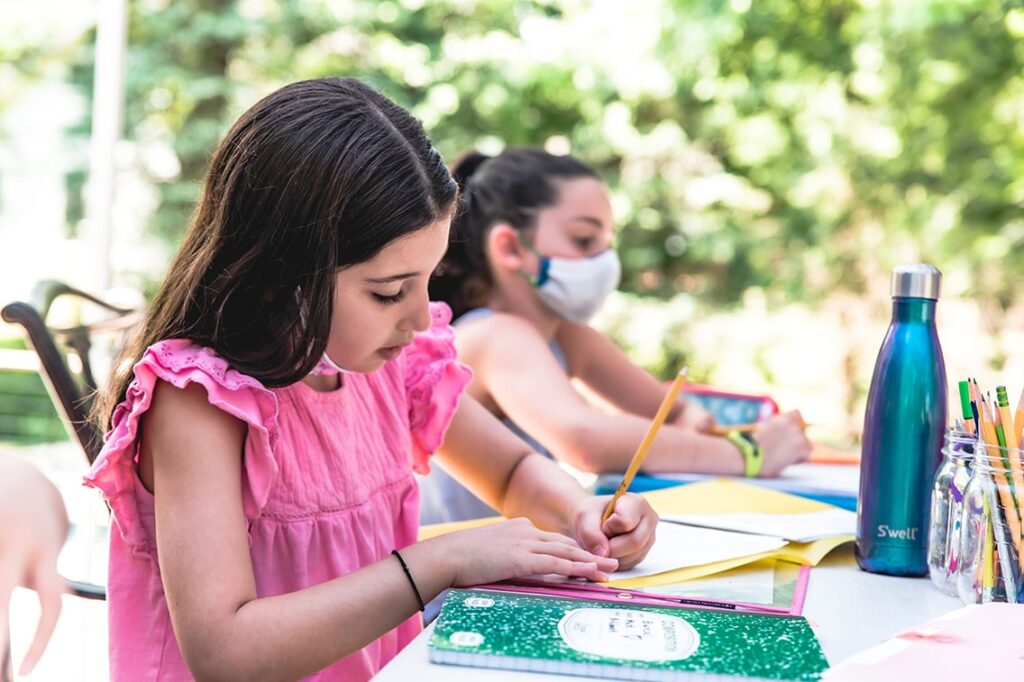The pandemic has given all teachers, school leaders and non-teaching staff a whole new vocabulary to incorporate into their daily professional lives. First the terms of “droplet”, “social distancing” and “PPE”, personal protective equipment. Then “contact tracing”, “clusters” and others were added.
For this autumn a new concept is making its way: that of "Microschooling". We see experiments of this type popping up here and there both in Italy and abroad: families try to cope with fluid school models. They do this to try to balance their work with their children's educational needs, and keep them safe when they don't feel comfortable with school safety plans.
Is this a momentary trend that helps decongest schools in this period, or could microschooling remain in the future?
Microschooling: what it is
Microschooling, essentially, is the creation of small home school groups. In these "educational pods" a very small number of pupils, from 3 to 10, learn under the tutelage of their parents or a privately hired teacher.
A trend that started in the USA from local social media pages. The ads started hosting several parents looking to create groups, or join them, and then teachers or former teachers willing to take on the education. Facebook groups Pandemic Pods they started to grow, reaching tens of thousands of subscribers. In a short time, ad hoc services have also arisen, sites such as Selected for Families e School House who provided support for parents to organize microschooling groups.
In Italy there is great curiosity about the phenomenon. A phenomenon that is instinctively produced by apprehensive parents, but also a support mechanism for reduced school hours. It is the attempt to make up for DAD, distance learning, which last year saw lights and shadows, or to complete a "hybrid" model with fewer days a week at school, and the rest remotely.

What makes microschooling groups so interesting?
In the USA, the "autoarchic" version of this instrument is making its way. Rather than hiring teachers, some families aim to share teaching among parents. Parents in very small versions of microschooling groups aim to teach their children the subjects that are congenial to them, perhaps for professional reasons.
It is an idea not without serious drawbacks. One of the main ones is safety. Schools represent a risk for children, but even if small, private groups also require attention and protocols. Parents may not apply strategies and behaviors well to minimize the spread of Covid. The family and informal environment could lower one's guard, and it would be a mistake considering the fact that the family unit is often the place where outbreaks arise.
Another major disadvantage in the case of “serious” microschooling (with hired teachers) is equity. Smaller groups can be very expensive, especially if a qualified teacher is hired. They could become a viable option for a privileged few, leaving behind many children who come from families who cannot afford this expense. Nonetheless, it seems that the trend could remain even in theit was post Covid.
Will microschooling remain in the future?
Probably yes. In the USA there are several schools that have started to think about this mechanism to develop teaching in smaller and safer student units. A way to improve distance learning with remote microschooling "classes" made up of 5-7 students who meet in alternative locations, sometimes even outdoors or in spaces such as shopping centers and parks.
If school models like this are successful, they could usher in a new approach to personalized learning. The microschooling structure can provide other opportunities for public schools to ensure learning continues even when the pandemic is over.


